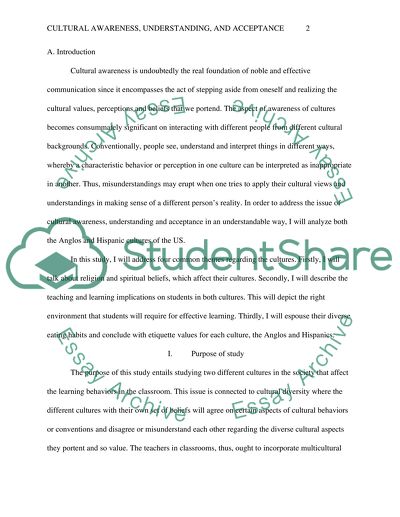Cite this document
(“Cultural Awareness, Understanding, and Acceptance Research Paper”, n.d.)
Retrieved from https://studentshare.org/history/1394238-cultural-awareness-understanding-and-acceptance
Retrieved from https://studentshare.org/history/1394238-cultural-awareness-understanding-and-acceptance
(Cultural Awareness, Understanding, and Acceptance Research Paper)
https://studentshare.org/history/1394238-cultural-awareness-understanding-and-acceptance.
https://studentshare.org/history/1394238-cultural-awareness-understanding-and-acceptance.
“Cultural Awareness, Understanding, and Acceptance Research Paper”, n.d. https://studentshare.org/history/1394238-cultural-awareness-understanding-and-acceptance.


